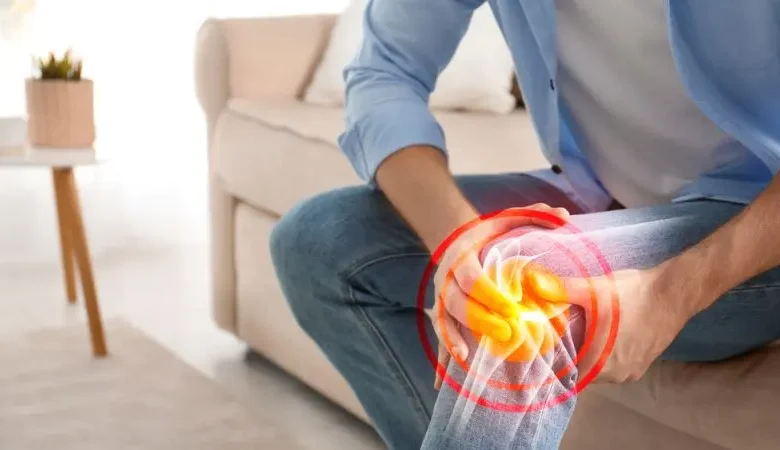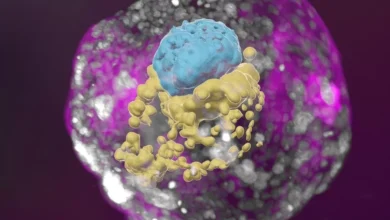Tips to protect your joints, preventing chronic injuries in future

As an active individual, you know the importance of taking care of your body to avoid injury and stay healthy but when it comes to joint health, prevention is especially critical. Chronic joint issues like arthritis, tendinitis and bursitis can be debilitating, putting a major damper on your ability to exercise, compete in sports or simply move pain-free through daily life.
The good news is there are proactive steps you can take to protect your joints and lower your risk of developing these types of chronic, long-term problems. In an interview with HT Lifestyle, Dr Surbhi Bhagat, Senior Doctor -Superspeciality into USG guided interventional pain at ORTHOReNEW Regenexx India Clinic, suggested that by implementing the following evidence-based strategies, you can keep your knees, hips, shoulders and other key joints functioning optimally for years to come –
1. Strengthen the Stabilising Muscles
One of the biggest contributors to chronic joint issues is muscular imbalance and weakness. The muscles, tendons and ligaments that surround and support the joints play a crucial role in joint stability and reducing strain on the cartilage and bone.
Make strength training a regular part of your fitness routine, with a focus on exercises that target the key muscle groups associated with each major joint. For example, for knee health, prioritize strengthening the quadriceps, hamstrings, and hip abductors. For the shoulders, work the rotator cuff muscles and scapular stabilizers.
Incorporate a variety of resistance training modalities, from bodyweight exercises to free weights to resistance bands. Aim for 2-3 strength sessions per week to continually challenge and build up these supportive muscle groups.
2. Improve Joint Mobility and Flexibility
In addition to muscular strength, joint mobility and flexibility are essential for long-term joint health. Limited range of motion in a joint can alter mechanics and increase wear and tear on the cartilage over time.
Make time each day for dynamic mobility drills and static stretching to improve flexibility in the major joints. Focus on areas that tend to be chronically tight, such as the hamstrings, hip flexors, and shoulders. You can also try foam rolling, massage, and other self-myofascial release techniques to further enhance mobility.
3. Gradually Increase Training Volume and Intensity
Whether you’re training for a specific sport or just aiming to stay active, it’s important to build up your training load gradually over time. Sudden spikes in mileage, duration, or intensity can overload the joints and lead to acute or overuse injuries.
Pay close attention to how your body responds as you increase your training. Implement the 10% rule – never increase your weekly training volume by more than 10% to allow your joints time to adapt. Give yourself adequate recovery time between hard efforts as well.
4. Optimise Your Recovery and Rest
Just as important as the work you put in is the recovery time your body needs. Make sure you’re allowing for sufficient rest and recuperation between workouts and training cycles. This gives your joints a chance to recover, repair, and become stronger.
In addition to planned rest days, listen to your body and take additional days off when you’re feeling excessive joint soreness or fatigue. Utilize recovery tools like ice baths, compression, and massage to help flush out inflammation. Proper nutrition and hydration also play a key role in joint recovery.
5. Stay Consistent with Maintenance Work
Chronic joint problems often develop gradually over time due to repetitive strain, poor mechanics, and insufficient recovery. That’s why it’s so important to make joint health maintenance a lifelong commitment, not just something you focus on when you’re injured.
Incorporate the strategies above – strength training, mobility work, gradual training increases, and active recovery – as part of your regular fitness routine. Treat this as non-negotiable preventative care, just like brushing your teeth or getting regular check-ups.
By taking a proactive, holistic approach to joint health, you can keep your body moving strong and pain-free for years to come. Your joints will thank you.










